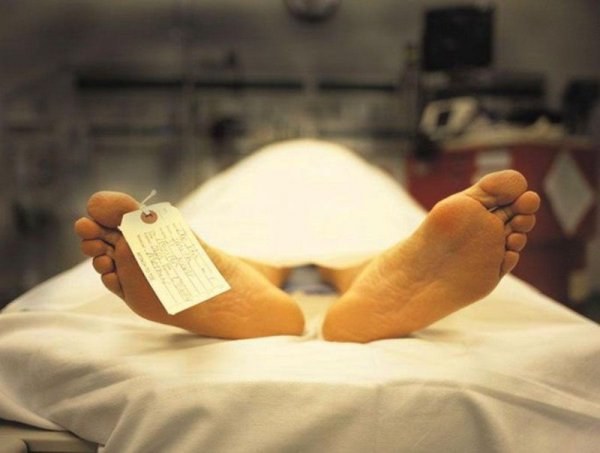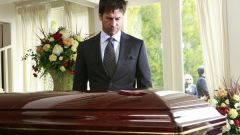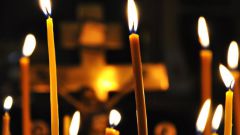Instruction
1
In any case, must be carried out postmortem in case of death of a person, if not issued a refusal (refusal can be issued, if the death occurred after a long illness or natural aging, and, if the deceased prescribed in the will a refusal to open). In the case of sudden or violent death, the body is directed on is judicial-medical examination for an autopsy. If the signs of violent death are missing, then the deceased can send to any available mortuary.
2
An autopsy performed at the morgue on a special table with a sink, it is recommended to carry out this manipulation in the daylight. The pathologist before the autopsy must read your medical history and if necessary Refine data with your doctor (he should be present at the autopsy). Start the procedure with the external examination of the deceased, with special attention to the degree of fatness, the presence of skin lesions, scars, wounds, edema, color of skin, change of the configurations of body parts.
3
After the main section breakdown of the skin produce the internal study of the corpse. With the help of special tools is opened the abdominal cavity, exposing the entire sternum with the adjacent parts of the ribs. The costal cartilage is cut on the edge of the bone part, then the pathologist opens the chest cavity. After inspection of the cavity all the internal organs were removed and examined in a certain order. Most often, the extract separately the neck and chest, then the organs of digestion (separating the intestines from the mesentery), genitourinary organs (including ureter, kidney, prostate, bladder, uterus with appendages and vagina).
4
Also used the method of full evisceration, when the inside is removed with one complex, and then explore them without separation of connections. Organs are carefully inspected and weighed, cut, examine the cut surface, and the condition of the cavity of hollow organs, the excretory ducts of the mucous membranes. Examine the condition of large blood vessels.
5
Made an autopsy of the skull using special saws, is a removal of the scalp. Skull remove brains and place them on the tray to the other organs. If necessary, open eye sockets, the sinuses and the middle ear cavity using a hammer, chisel. Everything is carefully studied by the pathologist established the cause of death. Then sew the skull, the skin on your face pull, close. All the internal organs put back in the abdominal area, sew. Body wash, if you want relatives embalmed and putting on makeup.
6
The deceased is dressed in burial clothes. It is very important that the attire for the funeral was clean (ideally it should be new stuff). The female body is clothed in a dress or suit with long sleeves, stockings or tights, Slippers or shoes, tie a bright scarf. Men's funeral attire should consist of clothes, light shirt, suit, tie, shoes or Slippers. On the deceased must be a crucifix. The dead body put in a coffin, transferred to relatives.







